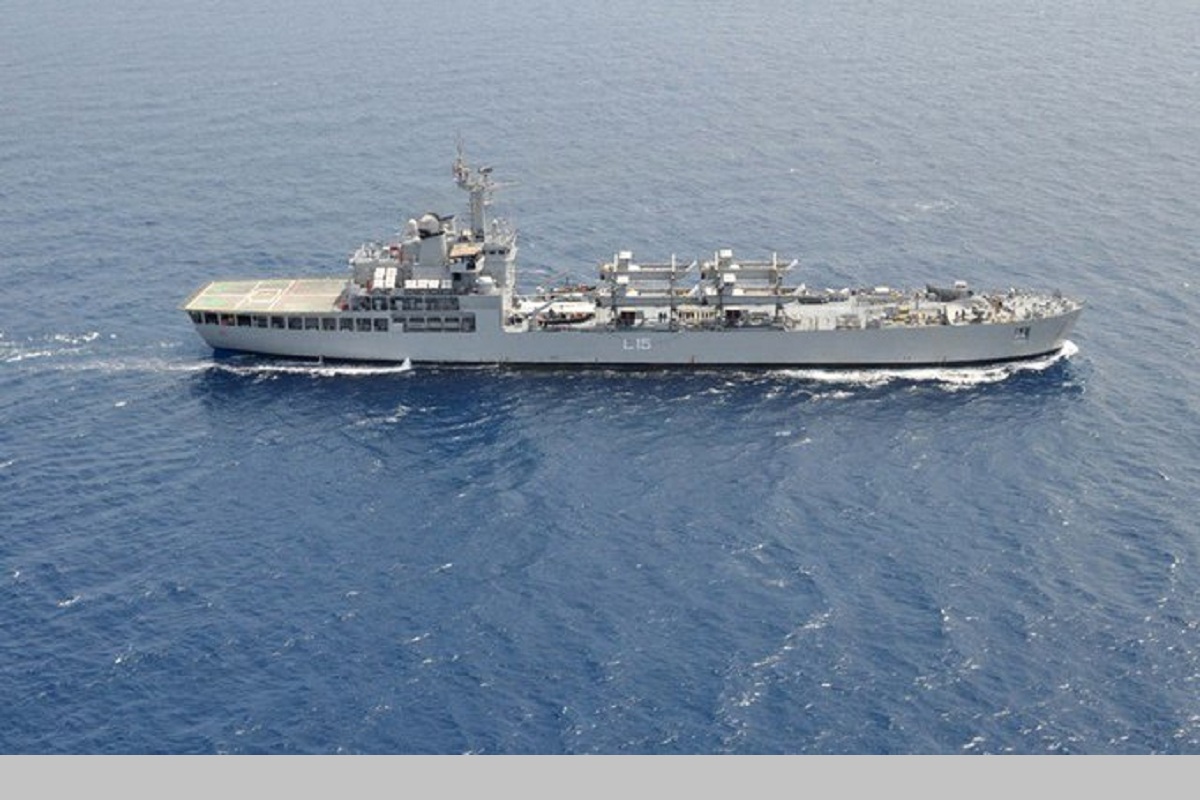Study shows how stress worsens colorectal cancer
While stress is known to significantly contribute to the onset of various health issues, a new study on Sunday showed how stress can worsen colorectal cancer (CRC).
India’s strategic interests in the Indian Ocean have increasingly come into sharp focus, particularly in light of developments concerning the Andaman and Nicobar Command (ANC).

Representation image (Image: Twitter/@PBNS_India)
India’s strategic interests in the Indian Ocean have increasingly come into sharp focus, particularly in light of developments concerning the Andaman and Nicobar Command (ANC). The command, established as India’s first tri-service theatre in 2001, has long been a critical component of the country’s maritime strategy. However, the current infrastructure upgrades signal a significant shift in India’s approach to securing its maritime frontiers, especially against the backdrop of growing Chinese activities in the region.
The Andaman and Nicobar Islands occupy a unique geographic position, acting as a gateway between the Indian Ocean and the Pacific. Their proximity to the strategically vital Malacca Strait enhances their importance in regional security dynamics. Historically, these islands have been at the centre of India’s efforts to counter Chinese influence in the Bay of Bengal and the broader Indian Ocean. The presence of Chinese infrastructure on Myanmar’s Coco Islands, barely 50 kilometres away from the northernmost tip of the Andamans, has only intensified the strategic calculus. The recent militarisation of the Coco Islands, allegedly supported by China, poses a direct challenge to India’s security. Satellite images revealing extended runways, radar installations, and other military structures on the Coco Islands have raised alarm bells in New Delhi.
Such developments suggest that China, through its deepening ties with Myanmar’s military regime, is steadily expanding its reach into the Indian Ocean, potentially encircling India in its own backyard. India’s response has been measured but resolute. The on-going upgrades to the ANC’s infrastructure, including extending airstrips to accommodate larger military aircraft, enhancing naval jetties, and improving road connectivity, are clear indicators of India’s intent to bolster its defensive and offensive capabilities in the region. These initiatives align with India’s broader strategy of ensuring that it retains a strategic upper hand in the Indian Ocean, where control over vital sea lanes and chokepoints like the Malacca Strait is crucial. The significance of these upgrades cannot be overstated. For too long, the Andaman and Nicobar Islands were seen as a peripheral outpost, underutilised in India’s strategic planning. The current developments represent a paradigm shift, recognising these islands as a central element of India’s maritime security architecture. The enhanced military presence will not only deter potential threats but also reinforce India’s position as a dominant power in the region. Moreover, these efforts are in line with India’s Act East Policy, which seeks to deepen ties with Southeast Asian nations and assert its influence in the Indo-Pacific. The Andaman and Nicobar Islands are poised to play a pivotal role in this policy, serving as a forward base for projecting power and maintaining stability in a region increasingly marked by competition and rivalry. As China continues to assert its presence in the Indian Ocean, India must ensure that its maritime assets are not only well-protected but also capable of responding to emerging threats. The developments in the Andaman and Nicobar Islands are a crucial step in this direction.
Advertisement
Advertisement